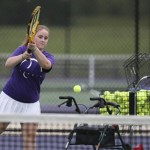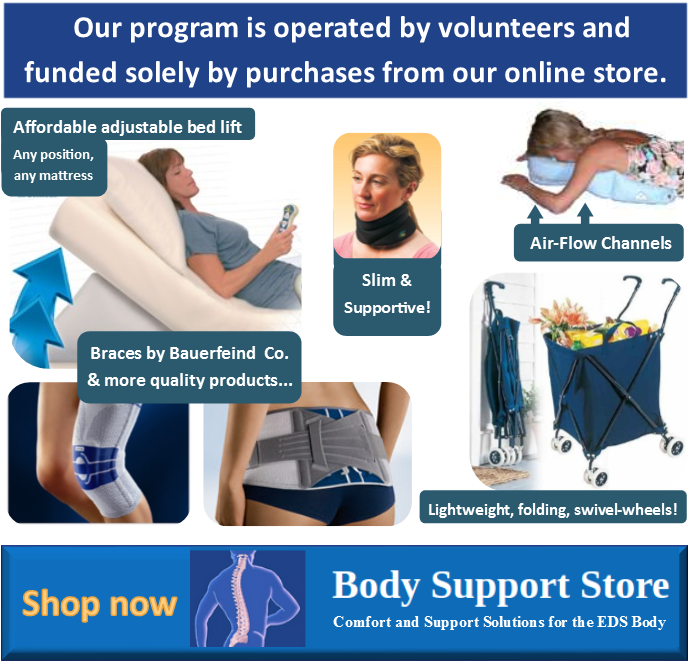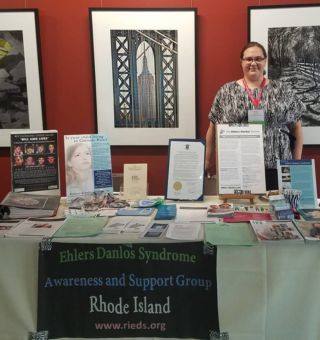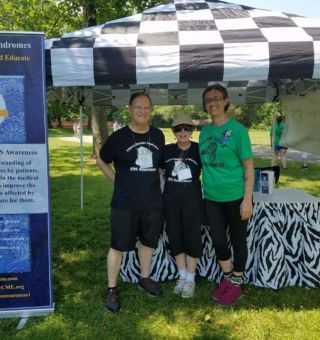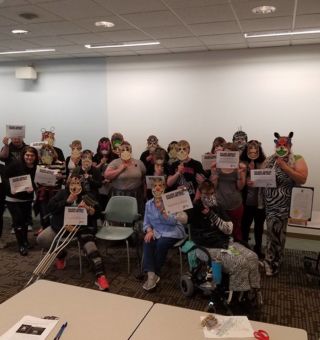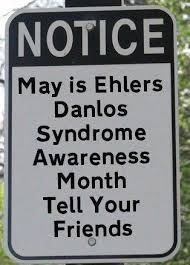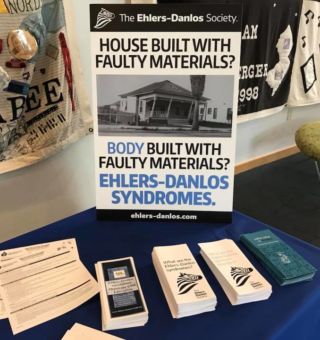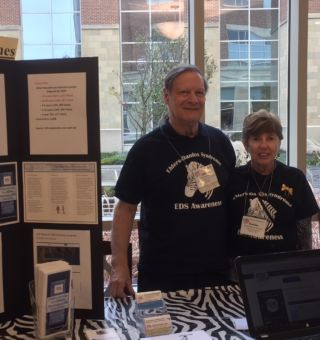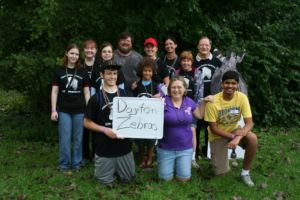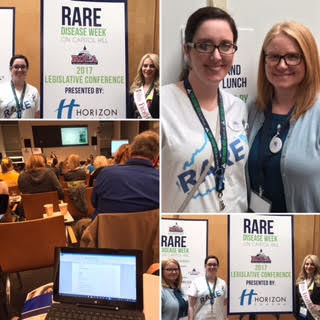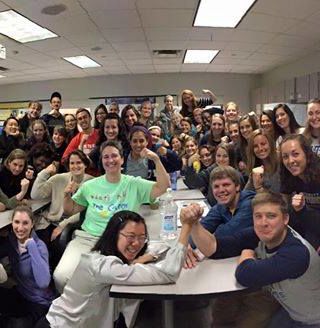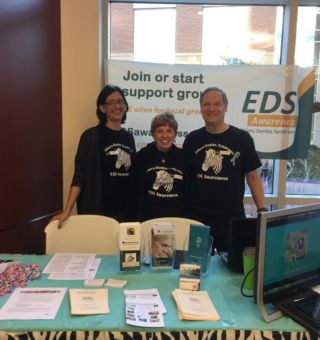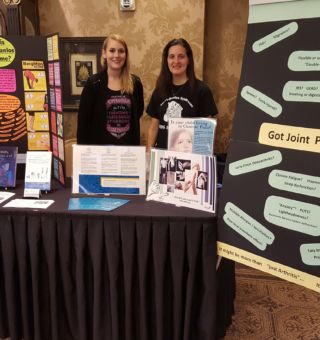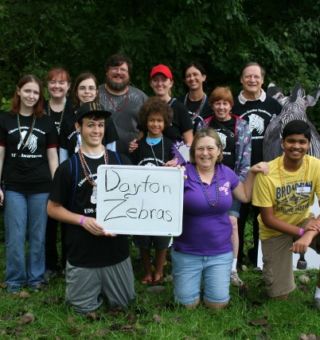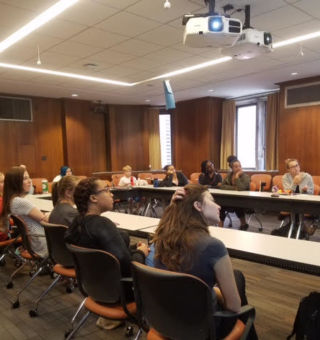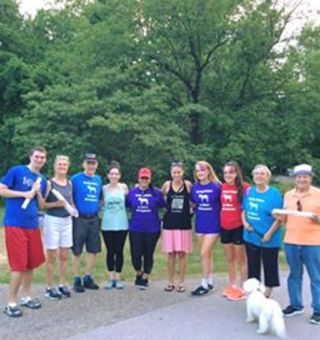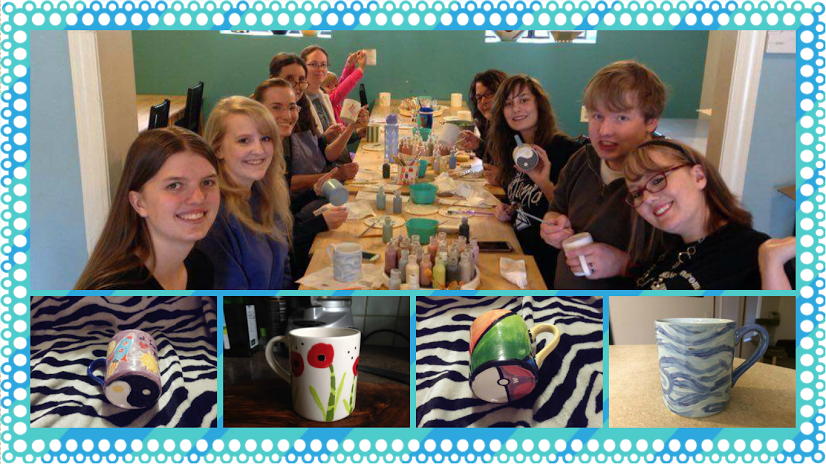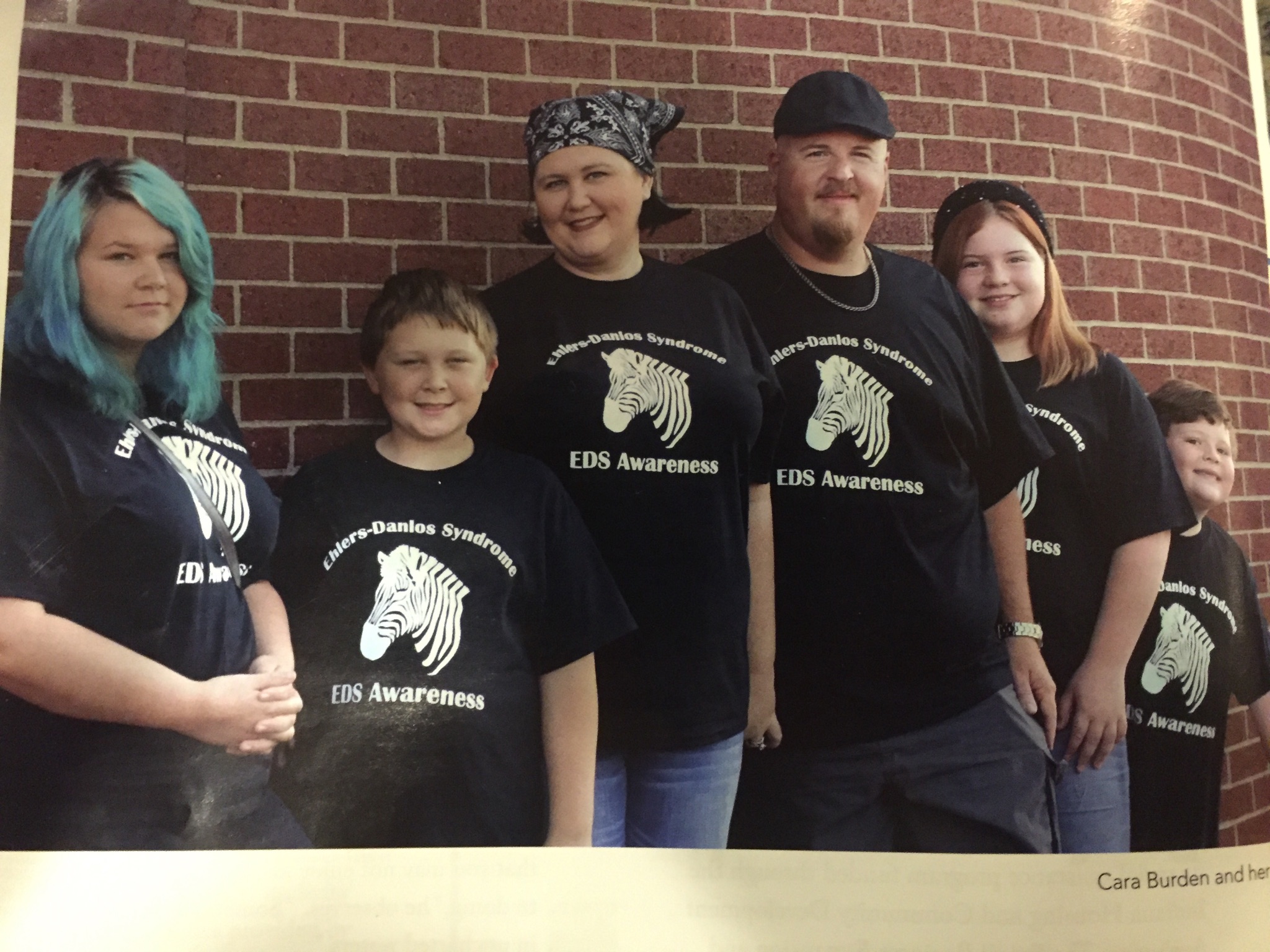Tennis Coach Gives Hope to Teen with Ehlers Danlos Syndrome
Megan has a new motivation to stay active despite Ehlers Danlos Syndrome. Her high-school tennis coach has paved the way for her to participate in modified varsity competition! Her strength and dedication has inspired her coach and peers. Megan also participates in the EDS support group in Columbus, Ohio.
Megan Barnes, a Reynoldsburg sophomore who suffers from Ehlers-Danlos syndrome, played a modified 15-minute super-set against Gahanna.
“Les Somogyi couldn’t help but feel for the teenager living two doors down the street. It wasn’t so much because Megan Barnes had to use an electric wheelchair. It was the despondent look on her face.
Upon meeting his neighbor, Somogyi, the girls tennis coach at Reynoldsburg High School, learned that Barnes was suffering from Ehlers Danlos Syndrome, a genetic connective tissue disorder that affects the strength and elasticity of the collagen in muscles, skin, joints, major organs and blood vessels.
Before her diagnosis in April 2013, Barnes played sports around the clock. Gymnastics, soccer, swimming and basketball topped the list. Imagine being a sophomore in high school and having that taken away.
“When I got educated about EDS and talked with her parents, I went to Megan and told her I thought she should be involved in something to get her spirits up,” Somogyi said. “And I said, ‘I want you to be on my tennis team.’
“I lit a fire under her. She started rehabbing, she put away the wheelchair and started using her walker instead. She started coming out for practices and was hitting the ball over the net just like everyone else. She’s the hardest worker out there. Her ability to rise above her difficulties is so inspiring.”
Four months in the making, Somogyi rewarded Barnes by allowing her to play in her first varsity match yesterday.
Working in concert with Gahanna coach Chris Schwinnen, the teams agreed to stage a No. 3 singles match in which Barnes and sophomore Kathleen McGuff played a modified 15-minute super-set in front of both teams. Somogyi stood next to Barnes, feeding her balls and words of encouragement.
They played on a shortened, narrowed court to accommodate Barnes’ disability. Not that anyone cared, but McGuff won 21-13. Gahanna’s players wore purple T-shirts with the slogan, “Never give in and never give up.”
“Coach gave me the hope and motivation to make this happen, and I thank him for that,” said Barnes, beaming afterward. “Being able to play tennis has helped me both physically and mentally. The movement is good for my therapy and my fitness.
“More than anything, it’s given me hope. I haven’t even touched my wheelchair since June.”
Barnes is well educated about the disorder, and her parents, Chris and Michele Lefeld, are careful not to create false hope for their daughter. They know that EDS has no cure. Treatment is an ongoing process.
There are six major types of EDS. The one afflicting Barnes is the least severe. Still, nearly 70 percent of her body is affected in some form, and she’s in more pain than her face lets on.
“I suppose little things happened a long time ago and we never recognized that they might be symptoms,” Michele Lefeld said. “She’d get ankle injuries from falls, and they’d take a really long time to heal. Same with her joints and ligaments. As time went on, her shoulders and neck were always sore. She’d get dislocations. Her arms would go the wrong way when she was swimming. Her skin is very translucent. She tears and bruises very easily.”
Yesterday, Barnes played in a restricted area, careful not to run laterally. Her walker was close behind.
“It’s just precautionary in case she needs to sit down,” her mom said. “Fatigue is a big piece right now. We’re just being careful not to take any chances right now.”
Barnes put things a little more bluntly.
“With my condition, if I sprain my ankle, my knees go out, and then my hips … you get the picture. I look like a pretzel,” she said.
Even so, she has been trending upward of late and perhaps has tennis, and Somogyi, to thank.”
“I’d like to help her get a letter, and to do that, she has to play in seven matches,” he said. “ Realistically, maybe that’s something we can shoot for next year. Whether it’s 100 percent or 50 percent, I’m really proud to see her become an athlete again. Today was a joyous moment, not just for her and me, but for everyone out here.”
This brave young lady is stepping up and out to manage her challenges with Ehlers Danlos Syndrome.
Click here for the original source of this article
We appreciate your Likes and Comments


